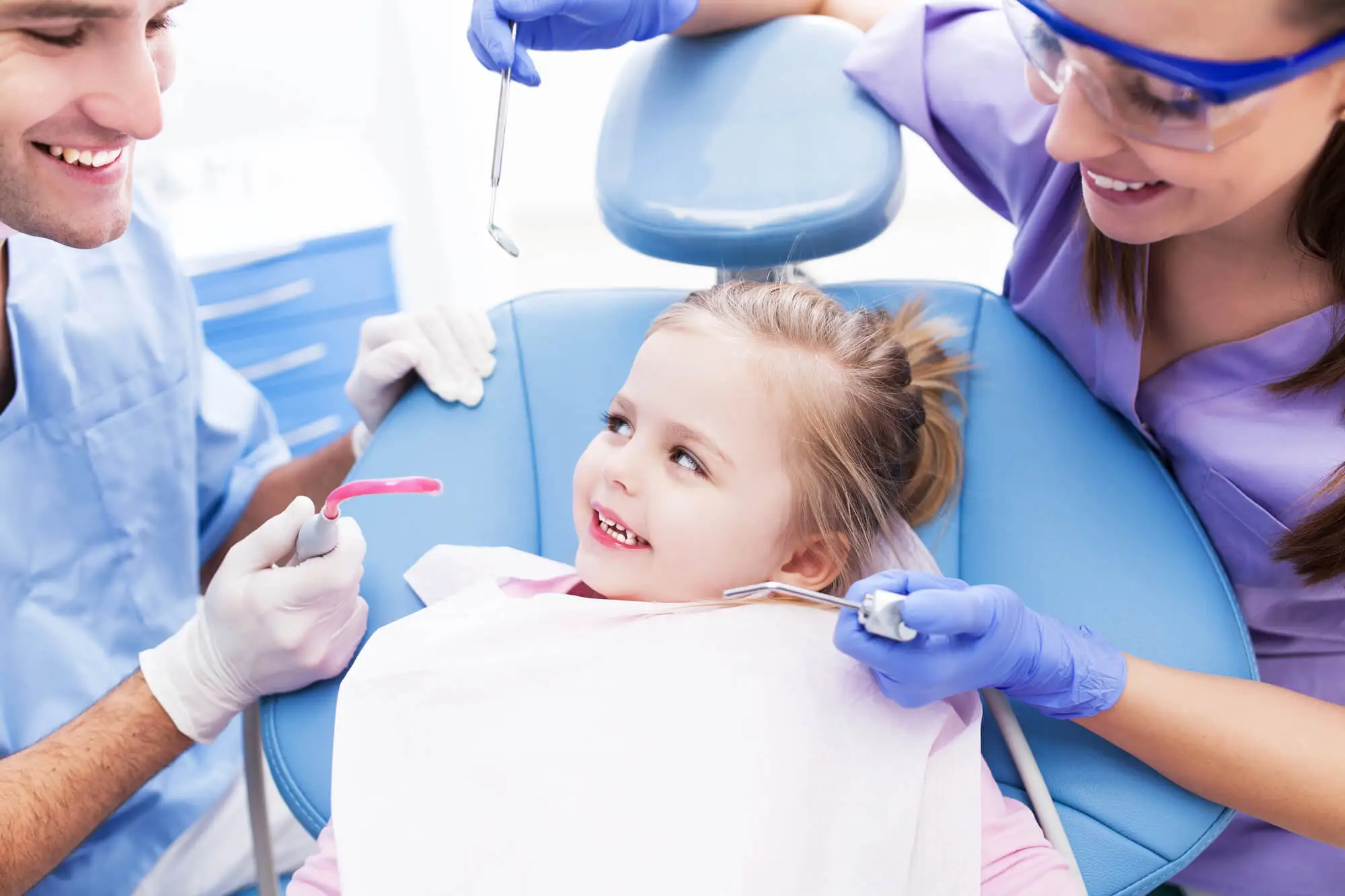When Is the Best Age for Getting an Orthodontic Treatment?

Misaligned teeth are more than an aesthetic concern: they burden your smile and can impact your oral and overall health for several years to come. That’s why your dentist insists you schedule a visit to the orthodontist in Randolph, NJ, every time you visit. Now, you may be wondering when the right time for orthodontics is.
Whether you're considering treatment for your child—or yourself—it’s important to understand how orthodontic care works and why it’s not just an option for teens anymore. Thanks to advances like Invisalign®, treatment can begin early and continue well into adulthood.

The Importance of Orthodontics to Achieve a Straighter Smile
Orthodontic care is beneficial for you no matter your age.
Properly aligned teeth are easier to brush and floss, which helps prevent cavities, gum disease, and plaque buildup. A straighter smile also reduces the risk of abnormal tooth wear, jaw strain, and bite-related issues that can lead to headaches or TMJ disorders. By correcting misalignments early, orthodontics supports a healthier foundation for teeth and gums.
Investing in a straighter smile is more than cosmetic—it's a proactive step toward better health and lifelong confidence. But, when is the right moment to start your orthodontic journey?
Age 7: A Milestone for Orthodontic Evaluation
According to the American Association of Orthodontists (AAO), age 7 is ideal for a child’s first orthodontic evaluation. At this age, a mix of baby teeth and permanent teeth allows orthodontists to spot potential issues such as:
- Crowding or spacing
- Bite misalignments (underbite, overbite, crossbite)
- Jaw growth concerns
Even if no treatment is needed, early evaluations allow orthodontists to monitor development and plan the ideal time to begin treatment.
Early Orthodontic Treatment for Children
Suppose your orthodontist identifies any issues during this first dental visit. They may recommend early or “Phase I” orthodontic treatment to guide jaw growth, create space for emerging teeth, or correct harmful oral habits. This proactive approach can reduce the need for more complex treatment later.
With Invisalign First, a removable alternative to braces, growing mouths are guided into better, healthier positions while allowing kids to maintain better oral hygiene and enjoy fewer food restrictions.
Invisalign for Teens and Adults: It’s Never Too Late
While early evaluations are important, many patients don’t begin orthodontic treatment until their teens or even adulthood. And that’s perfectly okay. Contrary to popular belief, you can get orthodontics no matter your age.
In fact, the rise of adult orthodontics has been fueled by discreet solutions like Invisalign, a series of clear aligners custom-made to gradually shift teeth into the right position.
What Is Invisalign?
Invisalign is especially popular among professionals, college students, and parents who want a nearly invisible treatment option without the discomfort or appearance of traditional metal braces. Unlike braces, clear aligners are removable, meaning you can enjoy all your favorite foods without restrictions.
Additionally, you can maintain optimal oral hygiene without brackets or wires, making brushing and flossing your teeth harder. And the best part? It’s never too late. Whether you're 7, 15, or 55, Invisalign can help you achieve a healthier, more confident smile.

Achieve a Straighter Smile with an Orthodontist in Randolph, NJ—No Matter Your Age
While age 7 is the gold standard for an initial orthodontic evaluation, the best time to start treatment depends on the individual’s needs, goals, and oral health. The key is consulting with a qualified orthodontist at Smith Family Dentistry and getting a personalized treatment plan perfect for you.
Whether you're a parent seeking early care for your child or an adult ready to invest in yourself, contact us today to learn more about your options!
*Invisalign®, the Invisalign logo, and iTero®, among others, are trademarks and/ or service marks of Align Technology, Inc. or one of its subsidiaries or affiliated companies and may be registered in the U.S. and/or other countries.




